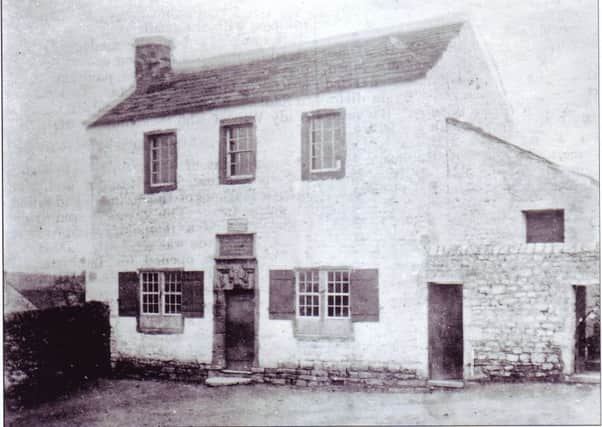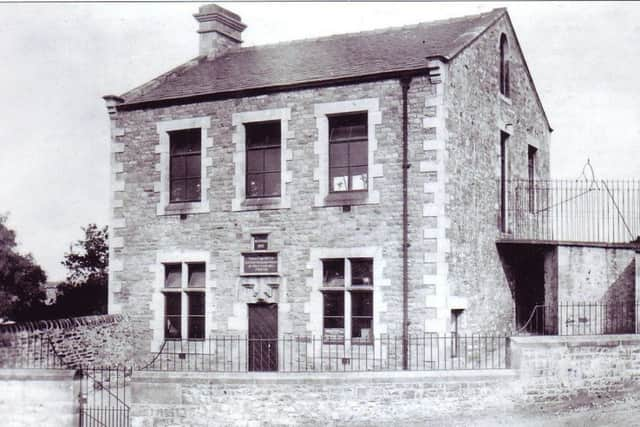Wray school founded thanks to captain’s bequest


Captain Pooley left £20 in his will. ‘Toward the building of a free school in my grounds at Weend Head in Wray, in hopes that the inhabitants in Wray will lead stone, lime, sand and slate and make convenient seats within the said school. And I will give and bequeath the sum of £200 of lawful money of England to be paid to the school master of the free school forever for his Teaching and Educating in Wray Free School.’
The year 1684, the year of Captain Pooley’s death, is written on the lintel, above the school door.
Advertisement
Hide AdAdvertisement
Hide AdThe school was enlarged in 1860 on land given by Captain J.R.Marshall.


It was then pulled down and rebuilt during 1885-86 at a cost of £650.
The following extract is taken from the December 1883 edition of the Wray Home Visitor and describes the decision to rebuild the school: ‘The third Governors’ meeting took place in the Parish Room on Wednesday, November 28.....The most important matter taken into consideration was the provision of improved accommodation for the Scholars. At the Governors’ request E.G.Paley, Esq, of Messrs. Paley and Austin Architects, Lancaster, attended and, after inspecting the existing school building and its surroundings, reported his opinion as to the best course to pursue.’
The architects had no hesitation in saying that the present school buildings could not be adapted to the requirements of the education department and produced ground plans of a proposed new school to be erected in the gardens immediately behind the existing school buildings.
Advertisement
Hide AdAdvertisement
Hide AdThese plans were considered, but were rejected and a less ambitious set of plans produced by Mr Jowitt of Hornby Castle Estate Office.
Mr W.H.Foster, the owner of Hornby Castle, was chairman of the Governors at this time.
These plans were approved by the Charity Commissioners and work started in August 1885.
The following extract, which describes the rebuilding of the school, is taken from the September 1885 edition of Wray Parochial magazine:
Advertisement
Hide AdAdvertisement
Hide Ad‘The old school, which during a couple of centuries has been a familiar object to the people of Wray, has at last met with the fate which sooner or later befalls most ancient buildings. It is being restored or rather, as things have turned out, it is being rebuilt.
The work commenced last month and should be completed about the end of the year. It was first intended that the old outside walls should remain and serve the same purpose in the restored building as they served so long and so well in the old. As the work proceeded, however, the Governors were led to reconsider and finally to abandon their first intention. So the old walls have had to come down, and at the present moment Wray School may be said to be nonexistent except as a heap of debris.’
Costs were now expected to exceed the amount which the Governors were allowed to draw from the capital endowment of the foundation, which was limited to £400.
The vicar therefore appealed to the ratepayers of Wray to unite in the efforts, which were to be made.
Advertisement
Hide AdAdvertisement
Hide AdTwo of the Governors visited all inhabitants of the village and collected individuals offerings.
To encourage donations, a list was prepared giving the names of all donors of half a crown or more.
On Saturday, May 1, 1886, the new school was officially opened by Mayor Marton J.P of Capernwray Hall.
It was a bright May day and there was a large influx of visitors to the village including many of the gentry of the neighbourhood.
Advertisement
Hide AdAdvertisement
Hide AdThe guests sat down to tea in the large upper room, which had been decorated with flags and bunting.
After tea, speeches were made by many of the gentry.
l Next week David takes a look at life in the Wray Endowed School during the first 18 years of the 20th century.